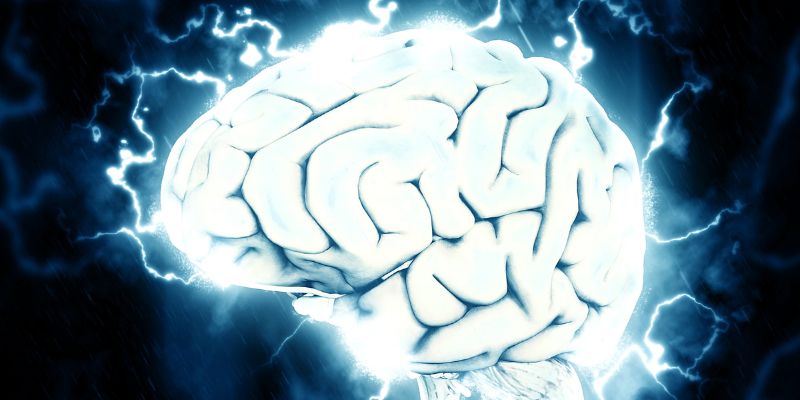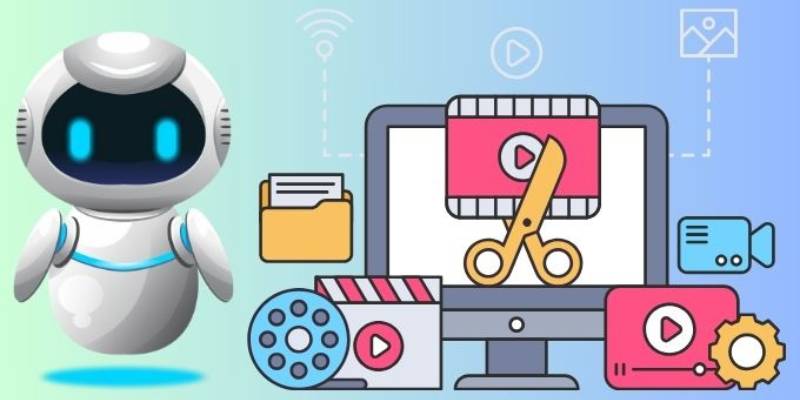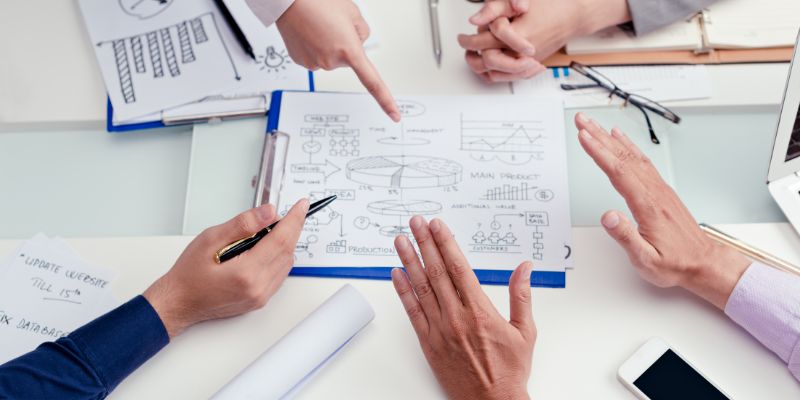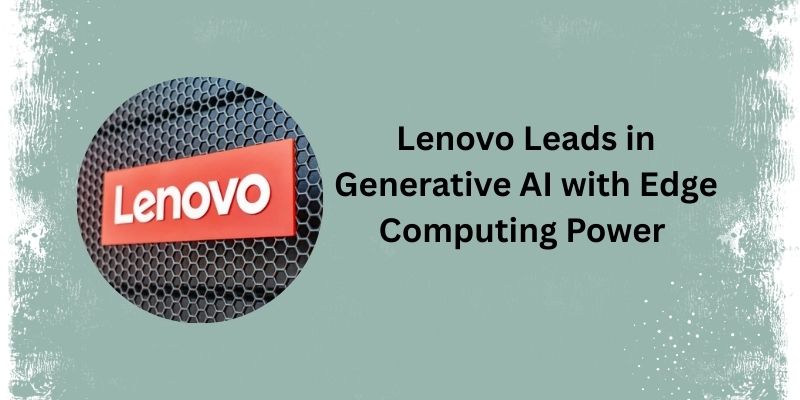Advertisement
Alright—let’s break it down: Supervised Learning vs. Unsupervised Learning. What’s the deal? Why should anyone care? And no, these aren’t just more tech buzzwords. These are actually two key parts of the machine learning world (the "brain" behind smart stuff like Netflix recommendations, spam filters, and even that chatbot you talked to last week…).
So if you've ever thought, “I don’t really get this stuff, but I should probably know it,” this is for you. Without further ado, let’s get started.

Machine learning is basically how computers learn from data without being told exactly what to do every single time (yep, like not needing to program every single command). And within machine learning, there are two big camps: Supervised Learning and Unsupervised Learning.
These two terms come up a lot in conversations about AI, automation, and “how Google seems to know what I want before I do.” So… it helps to understand the basics.
Let’s start with the more “guided” of the two.
Supervised learning is what happens when we feed the computer data and tell it what the correct answer is (yes, like homework with an answer key). It's like saying: “Here’s a bunch of examples. Learn from these, so you can figure out similar stuff on your own later.”
For example:
So yeah... it's "supervised" because we're guiding it during training. The computer isn’t guessing blindly, it’s learning with feedback.
Now here’s where things get... a little wilder.
Unsupervised learning means we hand the machine a bunch of data, but no labels, no answers, no cheat sheet. It’s on its own. No supervision. (Hence, unsupervised.)
We’re basically saying: “Here’s a pile of stuff. You figure out what goes with what.”
The goal? To spot patterns, groupings, and weird outliers we humans might miss.
For example:
Feature | Supervised Learning | Unsupervised Learning |
|---|---|---|
Labeled Data | Yep. You need it. | Nope. Totally unlabeled. |
Goal | Predict outcomes | Discover patterns |
Common Uses | Email filters, stock predictions, medical diagnosis | Customer grouping, recommendation engines, anomaly detection |
Training Style | Learns from known data | Explores unknown data |
Pretty clear cut, right?
Well… mostly. Sometimes the line blurs (because hybrid models exist), but in general, this is the gist.
You might be wondering: Why does this matter to me?
Here’s why:
Whether you’re running a small business, managing a blog, working in IT, or just curious about how tech actually works, knowing the difference between these two types of learning helps you understand how data is being used around you.
The point is… these systems are quietly working behind the scenes of your favorite platforms. They shape what you see, how things work, and how companies make decisions.

Yes! (But let’s not go full encyclopedia here.)
There’s also semi-supervised learning (a little bit of labeled data, a lot of unlabeled data) and reinforcement learning (teaching machines by reward and punishment, kind of like training a dog—but digital).
But we’ll leave those for another post.
That’s the thing. Neither is “better” across the board. It’s all about what you’re trying to do. It’s not like a battle where you must choose one or the other. It depends on what your task is. Here are a couple of examples:
If you have clear examples and a specific outcome you want to predict → Supervised learning is your best bet.
If you're exploring data and want the machine to find patterns you haven’t spotted yet → Unsupervised learning is the move.
Different tools for different jobs.
Let’s wrap this up with something tangible.
Even tools like Google Photos, which groups vacation pictures by location or people, are unsupervised learning right there.
Supervised and unsupervised learning are the backbone of most modern tech. They’re how our devices, platforms, and apps “learn” and get smarter without us having to lift a finger.
If you’ve ever been confused by the jargon, hopefully, this will help clear things up (without sounding like a college textbook).
So next time someone drops the term "machine learning," you won't just nod and smile. You’ll know exactly what’s going on... and maybe even explain it better than they can.
Advertisement

Explore how generative AI transforms knowledge management with smarter search, automation, and personalised insights

Are you curious about how AI models can pick up new tasks with just a little training? Check out this beginner-friendly guide to learn how few-shot learning makes it possible.

Discover how deep learning and neural networks reshape business with smarter decisions, efficiency, innovation, and more

Discover how a steel producer uses AI to cut costs, improve quality, boost efficiency, and reduce downtime in manufacturing

Explore the modern AI evolution timeline and decade of AI technology progress, highlighting rapid AI development milestones

Learn how to build a machine learning model in 7 easy steps, from defining the problem to deploying the model.

Want to launch surveys quickly? Learn how Survicate lets you create and customize surveys with ease, collecting valuable customer feedback without hassle

Boost your productivity with these top 10 ChatGPT plugins in 2025. From task management to quick research, discover plugins that save time and streamline your work

Discover the eight best AI-powered video production tools of 2025 to boost creativity, streamline editing, and save time.

Discover how Service now is embedding generative AI across workflows to enhance productivity, automation, and user experience

Lenovo is transforming industries by bringing generative AI to the edge with powerful hardware and real-time solutions.

Understand how mixture-of-experts models work and why they're critical to the future of scalable AI systems.